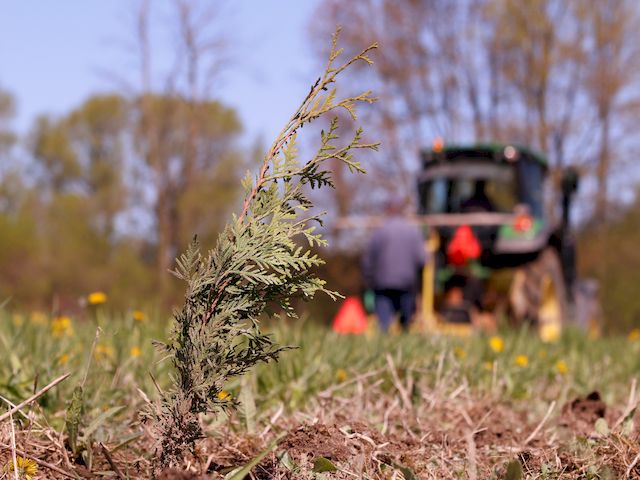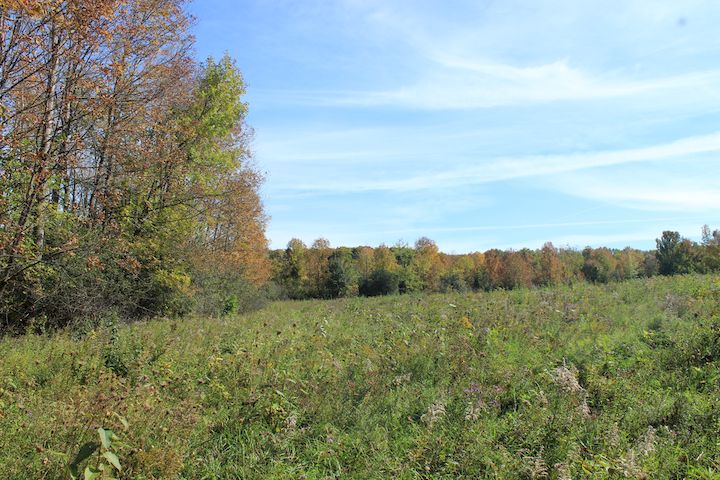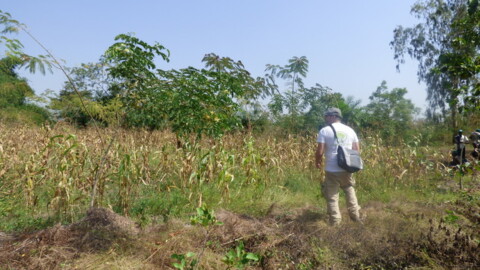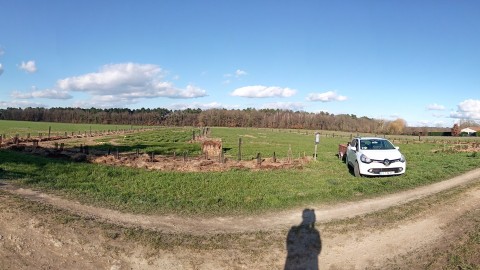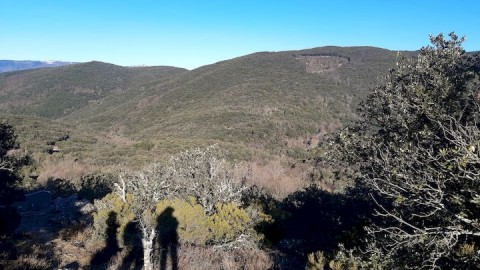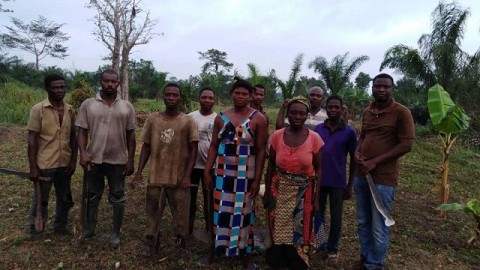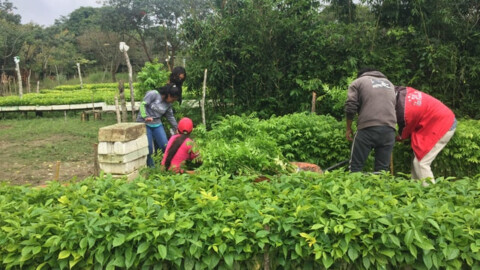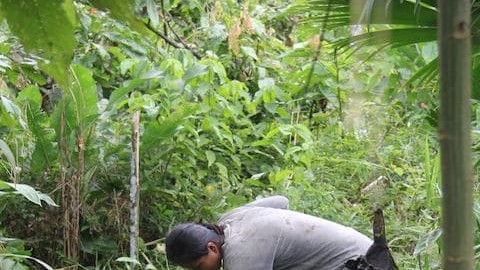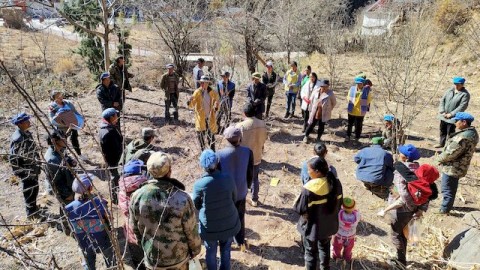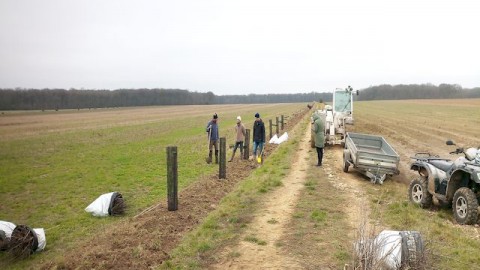
Ontario, Canada, March 2024
The Ontario project has contributed significantly to tree planting interventions on farmland across Southern Ontario that actively promote biodiversity, regenerate unproductive land, and protect waterways by locating new trees along stream banks.
The local technical team works closely with farmers in the province. They cooperate to determine the most relevant type of planting model, tree species, and number of trees to be planted — providing key ecosystem services while supporting farmers’ long-term goals.
The importance of monitoring
To ensure high planting standards to sustain the long-term health of tree stands, properly planning the initial implementation steps is crucial. This includes preparing the land, selecting the species and quality of the tree stock. Yet what occurs after the planting process is equally important!
Trees in temperate regions take several years to become established — which is achieved once the tree and its roots have developed sufficiently, enabling the tree to grow on its own without much management. However, until the tree reaches this point, it is more susceptible to external threats like drought. Hence the importance of monitoring the survival and health of trees at key moments during the establishment period. This action serves to identify potential threats in advance and implement adaptive management measures accordingly.
Determining potential threats is vital for tree establishment, future monitoring visits, and adaptive management strategies. For example, if a site has a lot of weeds that are not dealt with on time, access to sites could be compromised for future monitoring visits. This means any strategy for tackling the weed problem could prove more costly, labour-intensive, and potentially even less effective.
Planting trees is gaining importance as an effective strategy for adapting to and mitigating climate change — providing key ecosystem services such as boosting biodiversity and protecting local waterways. Hence securing funding to ensure these projects extend beyond the planting process is crucial. Long-term funding helps these interventions maintain ongoing efforts, and continued monitoring and support for the tree stand viability over many years.

Monitoring tree planting projects
The project values the importance of monitoring for guiding adaptive management strategies and increasing the long-term viability of planting efforts. The local partner monitors the survival of trees planted across Southern Ontario and also takes qualitative notes on the health of tree stands. Moreover, the local partner make an annual visit to sites planted that specific year, as well as a few sites from previous years, to monitor tree survival and vigour.
He monitors each site planted in Southern Ontario at three different points in time:
- Quality Stock Assessment: the quality of the tree stock and planting are evaluated during or directly after planting.
- Monitoring 1: one year after planting, local partners evaluate tree/stand survival and health to determine how the site coped during its first winter.
- Monitoring 2: four years after planting, local partners evaluate tree/stand survival and health to determine how well the trees have become.
Following the results of each monitoring, local partners might recommend implementing adaptive management strategies, or that the site be refilled where the trees have failed to survive. The species used to refill planted areas might be changed, depending on the monitoring results.

Monitoring and maintenance on these projects helps to ensure a high tree survival rate and thus to reach the objective of planting trees on the project.
A big thank you to A Tree for You for their ongoing support. Thanks to your donations, we have supported two planting operations in the region, as well as monitoring the seedlings over several years.


